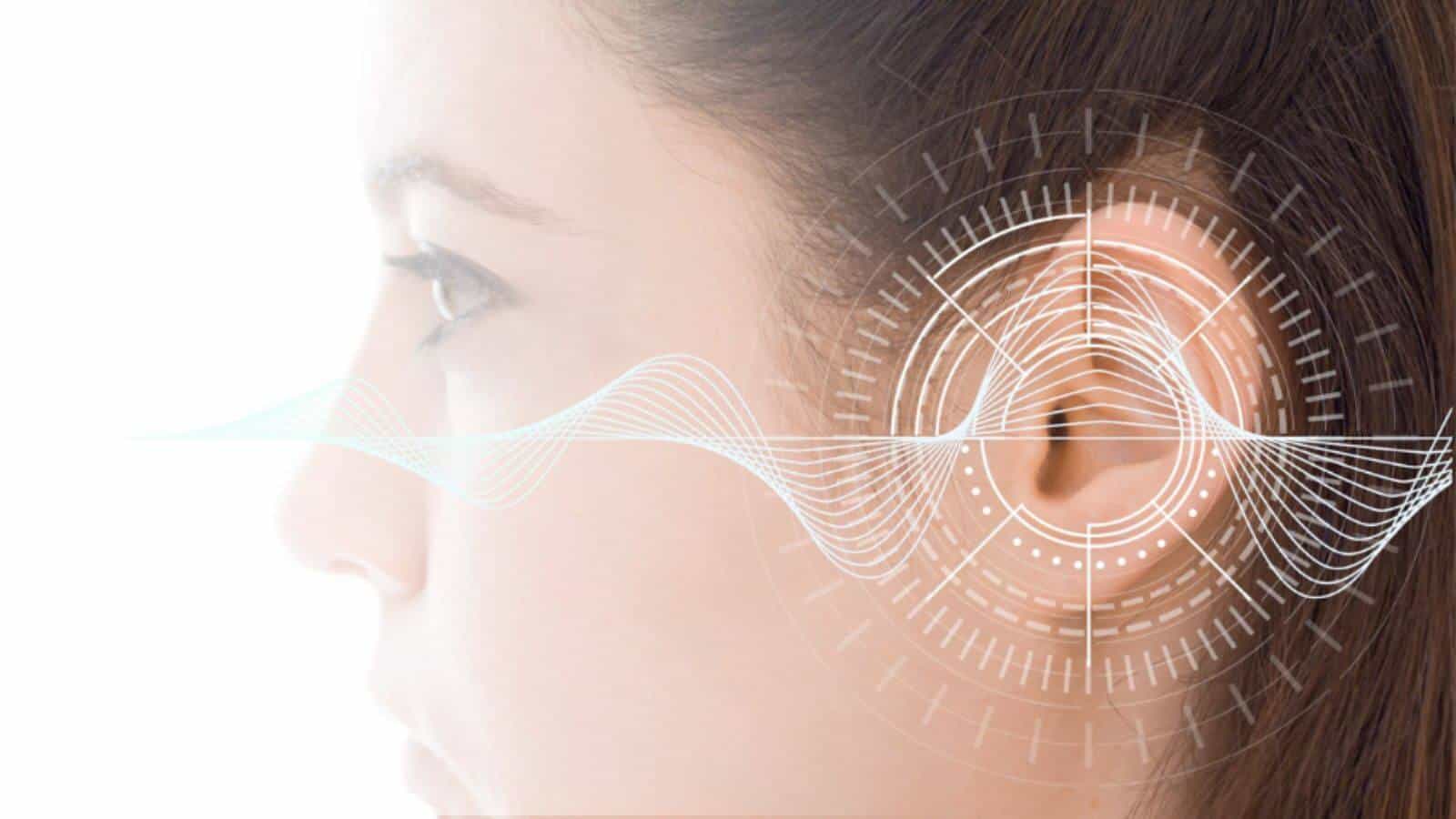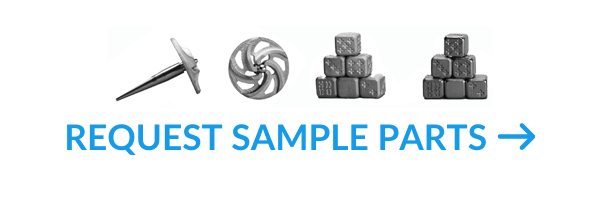The terms ‘mass customization’ and ‘mass personalization’ are often used interchangeably, but there are important differences.
In honor of spooky Halloween, let’s talk about body parts.
More specifically, how we can use a common body part – the human ear – to highlight the differences between mass customization and mass personalization in manufacturing.
Take for example a company who manufactures artificial ears. They produces thousands of those ears in standard shapes, sizes, and colors. This is the traditional manufacturing model: products (the ears) are manufactured in volume for mass distribution. As a result, they probably will spend time in a warehouse or on retail shelves after transport. Customers choosing products in this traditional manufacturing model are limited by available inventory.
Then suddenly the same company receives an order for 3D-printed Spock ears to accommodate a Star Trek convention. The order is substantial enough to justify the expense of tinkering with the product design and with production operations to accommodate this custom order. That’s an example of a one-off custom order in the traditional manufacturing model.
Well, they’ve already got Spock ears in the production mix. Why not offer that as an option for all customers in addition to their standard catalogue options? And what about new colors, like green, blue, purple, on top of the ‘standard’ human flesh-colored options? Now the company has moved into mass customization. They create an order form filled with options, and the customers pick choose the final look and feel of their final product.
Customization of the end product is the standard, reducing inventory thanks to just-in-time manufacturing. In mass customization, no longer will that company pump out thousands of the standard ear options: the production line is now inextricably linked to just-in-time orders of custom items. Here the distribution may begin to fracture, with the end product intended for a single customer instead of thousands of scattered customers.
Now ‘Ear’ This: Mass Personalization is Different From Mass Customization
Our beloved ear company has received orders to bioprint ear geometries specific to individual patients in need of an implanted ear prosthetic − designs that exactly match the patients’ remaining ears and skin tones. As you can imagine, this requires the company to rethink their entire business model, from product line to production and distribution. They must consider investments in new machines capable of bioprinting and in hiring the workers skilled with maintaining those machines.
Mass personalization creates a unique end product based on a unique design, which is different than simply giving customers product options. The ear you order is literally designed for your specific aural cavity
The production operation doesn’t rise to “mass personalization” until the company can produce these personalized implants in volume – perhaps with dozens of bioprinters running in tandem, producing personalized ear implants.
Long Story Short: Defining Personalization and Customization
If the 3D-printed ear prosthetic example didn’t grab your attention, here are simplified definitions of ‘mass’, ‘personalization’, and ‘customization’.
- Mass: Capable of being produced in volume in an efficient manufacturing flow, instead of “one at a time”.
- Traditional Manufacturing: Inventory dictates customer choice: production model is ‘fixed’ for standard final products.
- Customization: Customers have options like color, size, and materials, but the design arises from a core product offering.
- Personalization: The original design and the final product are completely unique to an individual order (aka ‘bespoke’).
Additive manufacturing (AM) can be the critical link in a successful mass customization or mass personalization model. The AM industry continues to decrease build time while increase the range of production materials for just-in-time components that support mass customization in manufacturing.
Learn more how 3DEO’s Intelligent Layering® metal additive manufacturing process. We help manufacturers like you create customized metal components efficiently and cost-effectively.
{{cta(‘b08bff57-f832-44db-aeec-18805b7d527f’)}}



